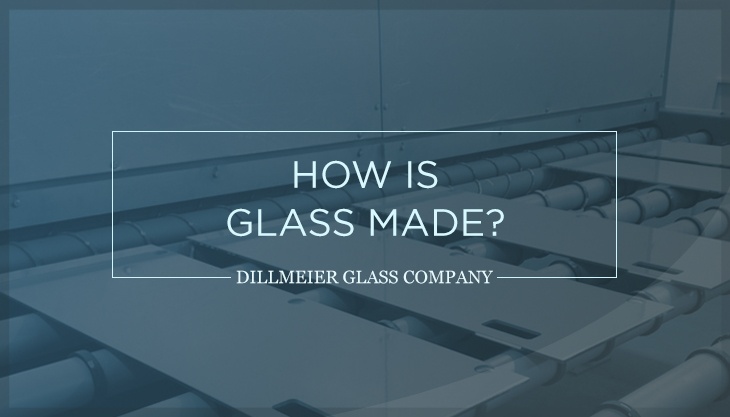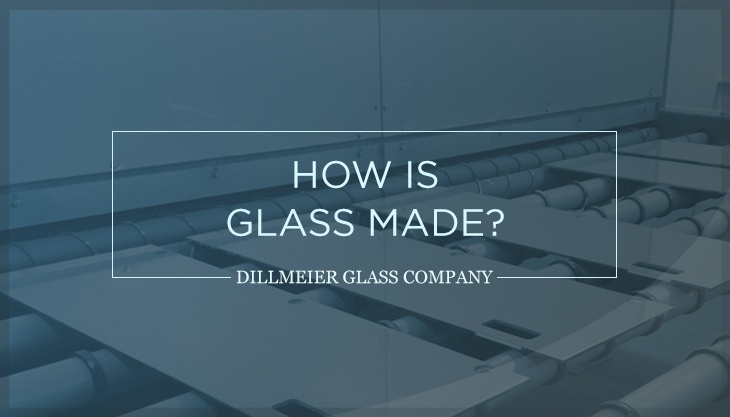How Is Glass Made?

 Glass is a natural and man-made material with many commercial and residential applications. Glass fabrication companies create and customize their products according to customers' needs. This process may include cutting and shaping it to specific dimensions, or color-matching and back-painting it to a requested hue. Finally, a tempering process ensures the glass is strong.
Glass is a natural and man-made material with many commercial and residential applications. Glass fabrication companies create and customize their products according to customers' needs. This process may include cutting and shaping it to specific dimensions, or color-matching and back-painting it to a requested hue. Finally, a tempering process ensures the glass is strong.
How is glass made? It all starts with the ingredients.
There are several ingredients in glass, including silica, sodium carbonate, lime, and magnesium oxide. These are melted together in a furnace to form a liquid compound. Afterwards, it is poured into a bath of molten tin. It then forms into a ribbon and is gradually cooled. The speed at which the glass ribbon is pulled off the tin bath and over rollers will determine its thickness. The result is a solid piece of glass, known as float glass.
Next comes the customization.
From there, the glass is cut down to the proper dimensions based upon what the finished product is going to be and the customer's requests. For example, a wall installed in an office interior and a display case in a retail store demand different sizes of glass. Glass fabrication companies use computerized machinery in order to make sure the measurements are right.
Once the glass is the correct size, specialized equipment is used to polish the material. This eliminates any rough or uneven edges. There are several types of edgework a glass fabricator can craft for a customer. A retail table top, for example, would mostly like have either a pencil or flat-polished edge.
Some pieces of glass also require cutout designs—these features would be addressed using other pieces of highly efficient machinery. The glass would be taken to another fabrication area, where there’s drilling and notch-cutting, as well as other capabilities. The exact size and dimensions would be discussed with the customer beforehand.
The stronger, the better.
After the glass is cut and polished, it's usually washed and put through a heat treatment called tempering. This is a common technique, since it significantly strengthens the glass, decreasing the likelihood of breakage. Should this happen, however, the glass will form small, round pieces, as opposed to jagged, sharp slivers that could potentially hurt someone.
Tempering involves placing the glass within a tempering oven, which heats it to temperatures as high as 620 degrees Celsius. Once removed from the oven, it is blasted with cold air, to cool the outside faster than the inside. This creates tension within the glass, which ultimately makes it stronger.
Another treatment that may be integrated into the glass-making process is back-painting.
Depending on its intended function and design, the glass may also be back painted.
Jocelyn Chiappone, owner of Rhode Island-based Digs Design Company, once worked on the interior of a newly built hotel in the Ocean State. She decided to replicate the vibrant colors incorporated into its bathroom sinks into the glass shower walls, while keeping the rest of the bathroom a simple white. She entrusted glass fabrication company Dillmeier Glass to execute this project, which involved back-painting the glass—coloring one side so it is viewable through the other. The result was pure perfection.
To find out more about how glass is made, consult a reliable glass fabrication company.

FREE DOWNLOAD
Our Office Capabilities
PDF Guide
Learn about the wide-range of services we offer our commercial clients.


